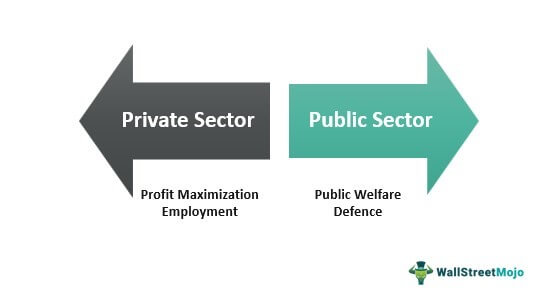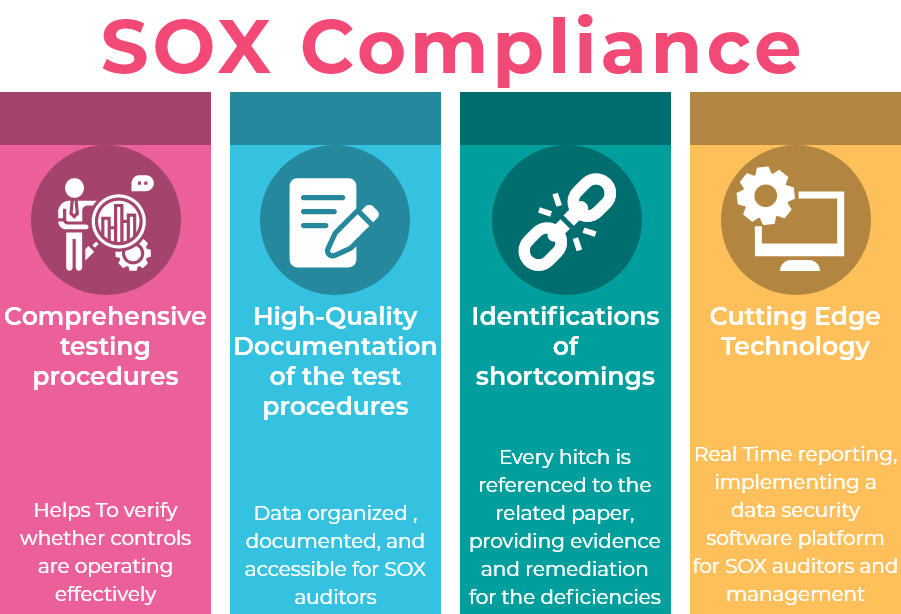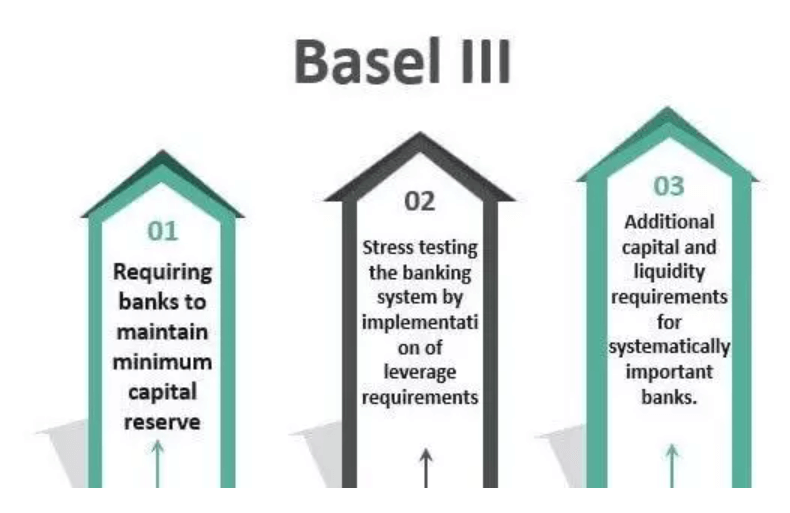- Exploring the Dynamic Business Environment: Strategies and Impacts
- Introduction: Exploring the Dynamic Business Environment: Strategies and Impacts
- 1. The differences between ownership structures and business objectives of private sector organizations and public sector organizations
- Definition
- Explanation
- 2. The impact of three government interventions and regulations on the structure and operations of accounting and financial sector organizations.
- Definition and explanation
- 3. The extent to which Brexit and the ongoing war between Russia and Ukraine impacting on the operations and performance of a d business entity in the United Kingdom
- Definition
- Explanation
Exploring the Dynamic Business Environment: Strategies and Impacts
The UK's leading assignment help company, Native Assignment Help, will help you get your academic journey off on the right foot. We pride ourselves on being able to offer you all-encompassing support that meets your every need. Moreover, we know that we can deliver excellent results in each task and this is a source of joy for us as well. Try out our free assignment so that you can get a taste of good work.
Introduction: Exploring the Dynamic Business Environment: Strategies and Impacts
The report is revolves around the dynamic business environment. The dynamic business environment refers to the constantly evolving and changing conditions, trends and factors that impact businesses and their operations. This includes changes in market conditions, customer preferences, technological advancements, regulations and economic factors, among others. The topic of the dynamic business environment matters because it has significant implications for businesses of all sizes and industries.
This report will explore a variety of business and economic topics. It will build an understanding and the distinctions between private and public sector organization, the impact of government actions and laws on financial sector firms, and the consequences of geopolitical events on business operations (Lee and Rha, 2016). It also included some particular examples and techniques that organizations can employ to overcome these difficulties. The report included two key factors distinguish private sector companies from public sector organizations areownership arrangements and corporate objectives.
1. The differences between ownership structures and business objectives of private sector organizations and public sector organizations
The section will examine the distinctions between the two in depth along with relevant examples:
Definition
Ownership Structures: Ownership structure refers to the legal and organizational structure of a business entity. It establishes who owns the company and the scope of their ownership rights. Organizational ownership systems in the commercial and public sectors differ greatly (Balasubramanian et.al. 2020).
Private Sector Organizations: Individuals or groups who own and operate enterprises for profit in the private sector are known as private sector organizations. Ownership in the private sector is typically concentrated in the control of a few individuals or families. Private sector organizations are classified into several types, together with sole proprietorships, limited liability companies (LLCs), partnerships and corporations.
Public Sector Organizations: These are organizations that are owned and operated by the government. These organizations are owned by the government in the of the individuals they serve. The government can own public sector firms in a variety of ways, including state-owned enterprises, public corporations and power companies.
Explanation
A sole proprietorship is a form of company in which the person is the single owner (Klievink et.al. 2016). The owner has complete power over the business and all earnings along with losses are credited to him. Small retail shops, hair salons and freelance writers are examples of sole proprietorships.
A partnership is a kind of commerce in which two or more people share possession and control of the company. Partnerships can be universal or limited, based on the amount to which the partners share obligation. Law firms, accountancy firms and medical clinics are examples of partnerships.
A corporation is a sort of company that is legally distinct from its owners. The shareholders of the company control it through stock ownership, while the board of directors oversees the corporation's operations.
Business Objectives
Business objectives refer to the goals that a business aims to achieve in the short or long term. Because of their managerial ownership and the purposes they serve, the aims of private and public sector organizations differ.

Figure 1: Basic objective of private and public sector.
Private sector organization: The objectives of private and public sector organizations differ due to their strong ownership and the objectives they serve. Organizations in the private sector seek to increase revenues for their owners and shareholders (Grossi and Thomasson, 2015). Companies work in a competitive environment where they must outperform their competitors in terms of products or services. To enhance earnings, private sector firms try to grow their market share, cut expenses, and improve efficiency.
Public Sector Organizations: These strive to supply affordable services to the general community. The primary goal of government organizations is to meet the needs of people they service, not to maximize profits.
Examples:
State-owned enterprises (SOEs) are government-owned businesses that operate similarly to private businesses. These enterprises might be majority or minority owned by the government. Airlines, trains, and oil firms are examples of SOEs (Rosenberg Hansen and Ferlie, 2016).
Government-owned and operated firms are known as public corporations. Public businesses are formed to offer the general public with certain commodities or services, like postal services, water supply, or power. Public corporations include the United States Postal Service, the BBC, and the United Kingdom's National Health Service (NHS).
Limited liability companies (LLCs) are a category of business that unites the flexibility of a partnership among the legal cover of a company. Members are the owners of LLCs, and their liability is limited to the amount of cash they contribute to the company. Consultancies, real estate firms, and technology startups are examples of LLCs. Multinational corporations such as Apple, Facebook, and Google are examples of corporations.
Public utilities are organizations that provide essential services to the public, such as water, gas, and electricity. Public utilities can be owned and operated by the government or private companies under government regulations. Examples of public utilities include the New York City water supply system and the Tokyo Electric Power Company.
2. The impact of three government interventions and regulations on the structure and operations of accounting and financial sector organizations.
Definition and explanation
Government initiatives and regulations have a significant impact on the structure and functioning of financial and accounting sector organizations. The effects of three government initiatives and laws on accounting and financial industry organizations in this response are given below:
The Sarbanes-Oxley Act (SOX)
The Sarbanes-Oxley Act (SOX) was established in 2002 in reaction to company accounting crises at Enron, WorldCom, and other firms. The act enacted various regulatory modifications that impacted the structure and operations of financial and accounting sector organizations.

Figure 2: SOX compliance
The necessity for improved greater transparency reporting is one of the primary consequences of SOX on accounting and financial sector firms. Companies must have an internal control framework that gives adequate confidence that financial reporting is accurate and timely, according to the act (Alase, 2016). Businesses must have independent review committees that review the financial reporting method and verify the effectiveness of internal controls.
SOX have had a substantial impact on accounting and financial sector firms, resulting in increasing regulatory compliance expenses for these organizations. Accounting companies and auditors have also faced heightened scrutiny and liability as a result.
Dodd-Frank Wall Street Reform and Consumer Protection Act
The Dodd-Frank Wall Street Reform and Consumer Protection Act were enacted in 2010 in response to the economic crisis of 2008 (Chhaochharia et.al. 2017). The act introduced several regulatory changes that have affected the structure and operations of accounting and financial sector organizations.
The organization of the Consumer Financial Protection Bureau is one of the major effects of the Dodd-Frank Act on accounting and financial sector companies (CFPB). The Bureau is in charge of regulating financial products as well as services as well as enforcing consumer protection legislation. It has raised regulatory compliance expenses for accounting and financial sector businesses that provide financial goods and services to consumers.
Basel III Accords
The Basel III Accords are a set of regulatory reforms introduced by the Basel Committee on bank management in reaction to the monetary crisis of 2008. The accords introduced several regulatory changes that have affected the structure and operations of accounting and financial sector organizations.

Figure 3: Basel three
The necessity for improved risk management is another effect of the Basel III Accords on accounting and financial industry businesses. The agreements require banks to examine and manage their risk exposures, as well as to adopt more cautious risk-taking methods. Accounting and financial sector businesses are now obligated to follow to strict risk management as well as transparency standards, which have increased their compliance expenses.
Example
The Sarbanes-Oxley Act (SOX): The requirement for independent audit committees is another effect of SOX on accounting and financial industry businesses. Accounting and financial industry businesses must now comply with severe accounting and auditing requirements or face harsh punishments.
Dodd-Frank Wall Street Reform and Consumer Protection Act: Organizations in the accounting and financial sectors are now expected to adhere to tight risk management as well as transparency standards, which has enhanced compliance. The act requires businesses to determine and control their risk exposures, as well as to disclose them to authorities and investors. Another effect of the Dodd-Frank Act on accounting and financial sector businesses is the demand for improved risk management and transparency (Shu-Acquaye, 2016).
Basel III Accords: The demand for higher capital and liquidity is one of the key consequences of the Basel III Accords on accounting and financial industry companies (Alsharif et.al. 2016). The agreements require banks to keep greater capital and maintain higher liquidity ratios in order to absorb potential losses and weather poor economic conditions.
3. The extent to which Brexit and the ongoing war between Russia and Ukraine impacting on the operations and performance of a d business entity in the United Kingdom
Brexit and the ongoing war between Russia and Ukraine have had significant impacts on the operations and performance of many business entities in the United Kingdom. One such business entity that has been affected by these developments is British Petroleum (BP).
Definition
BP is a multinational oil and gas corporation based in London that operates in over 70 countries. Brexit and the constant War between Russia and Ukraine had a variety of effects on BP's operations and performance (Stelzenmüller, 2017).
Brexit has created uncertainty for BP and many other firms. The uncertainty derives from prospective changes in trade, immigration, and legislation as a result of Brexit. One of BP's key problems has been the influence on the North Sea oil and gas industry (Mix, 2021). The industry is essential to BP's UK activities and changes in regulation or trade might have a considerable influence on the company's profitability and operations.
Explanation
The current Russian-Ukrainian conflict has also had an influence on BP's operations and results. BP has a strong presence in Russia because ofitsjoint venture with Rosneft, a state-owned oil firm. The TNK-BP joint venture has been impacted by geopolitical tensions between Russia and the West (Atkins, 2022). The sanctions placed by the West on Russia have curtailed BP's capacity to do business in the country and have impacted the joint venture's profitability.
Moreover, the war between Russia and Ukraine has also affected BP's operations in the North Sea. BP has been forced to suspend operations in the Vorlich oil field in the North Sea due to the sanctions imposed by the EU against Russia. The sanctions have affected the supply of equipment and services to BP's operations in the region, which has impacted the company's ability to operate and maintain its assets.
All these have had a substantial impact on BP's operations and performance. Brexit uncertainty and geopolitical tensions between Russia and the West have impacted BP's North Sea activities and its joint venture in Russia. Despite these difficulties, BP has taken steps to reduce the risks to its operations and performance by diversifying its activities and investing in renewable energy sources and digital technology. BP has taken actions to limit the risks to its operations and performance as a result of the challenges posed by Brexit and the protracted conflict between Russia and Ukraine.
Example
Diversifying its activities and investing in renewable energy sources, which are less vulnerable to geopolitical concerns associated with traditional oil and gas operations, have been priorities for the corporation (Besch, 2016). BP has also been investing in digital technologies to boost operational efficiency and cut costs.
Conclusion
The essay has covered a range of topics related to business and economics. The essay discussed the differences between ownership structures and business objectives of private sector organizations and public sector organizations. The research concluded that the understanding of the dynamic nature of the business world is very important and the understanding of the issues can help businesses to make informed decisions, minimize risk, and maximize profitability. By remaining attentive and responsive to these external factors, businesses can position themselves for long-term success and stability in an ever-changing economic landscape.
References
Alase, A.O., 2016.The impact of the Sarbanes-Oxley Act (SOX) on small-sized publicly traded companies and their communities. Northeastern University.
Alsharif, M., Nassir, A.M., Kamarudin, F. and Zariyawati, M.A., 2016. Basel III: Main issues for GCC banks.International Journal of Economics, Commerce and Management,4(11), pp.541-563.
Atkins, E., 2022. ‘Bigger than Brexit’: Exploring right-wing populism and net-zero policies in the United Kingdom.Energy Research & Social Science,90, p.102681.
Balasubramanian, S., Al-Ahbabi, S. and Sreejith, S., 2020. Knowledge management processes and performance: The impact of ownership of public sector organizations.International Journal of Public Sector Management,33(1), pp.1-21.
Besch, S., 2016. EU defence, Brexit and Trump.The Good, the Bad and the Ugly. Centre for European Reform, p.3.
Chhaochharia, V., Grinstein, Y., Grullon, G. and Michaely, R., 2017. Product market competition and internal governance: Evidence from the Sarbanes–Oxley Act.Management Science,63(5), pp.1405-1424.
Clever notes, 2023. Basel three.(online) < https://www.clevernotes.in/economic-developments/super-core-inflation-upsc-893772?infinitescroll=1> accessed on 22 Feb. 2023.
Grossi, G. and Thomasson, A., 2015. Bridging the accountability gap in hybrid organizations: the case of Copenhagen Malmö Port.International Review of Administrative Sciences,81(3), pp.604-620.
Klievink, B., Bharosa, N. and Tan, Y.H., 2016. The collaborative realization of public values and business goals: Governance and infrastructure of public–private information platforms.Government information quarterly,33(1), pp.67-79.
Lee, S.M. and Rha, J.S., 2016. Ambidextrous supply chain as a dynamic capability: building a resilient supply chain.Management Decision.
Mix, D.E., 2021.The United Kingdom: Background, Brexit, and Relations with the United States. Congressional Research Service.
NSKT global, 2022. SOX compliance. (online). < https://www.nsktglobal.com/sox-compliance-testing.php> accessed on 22 Feb 2023.
Rosenberg Hansen, J. and Ferlie, E., 2016. Applying strategic management theories in public sector organizations: Developing a typology.Public Management Review,18(1), pp.1-19.
Shu-Acquaye, F., 2016. Dodd-Frank Wall Street Reform and Consumer Protection Act: The Evolution of Whistleblower Protections, Employment Contracts and Mandatory Arbitration Agreements.DePaul Bus. & Comm. LJ,15, p.127.
Stelzenmüller, C., 2017. The impact of Russian interference on Germany’s 2017 elections.Testimony before the US Senate Select Committee on Intelligence June,28.
wallstreetmojo, 2023. basic objective of private and public sector. (online)< https://www.wallstreetmojo.com/private-sector/> accessed on 22 Feb 2023.



